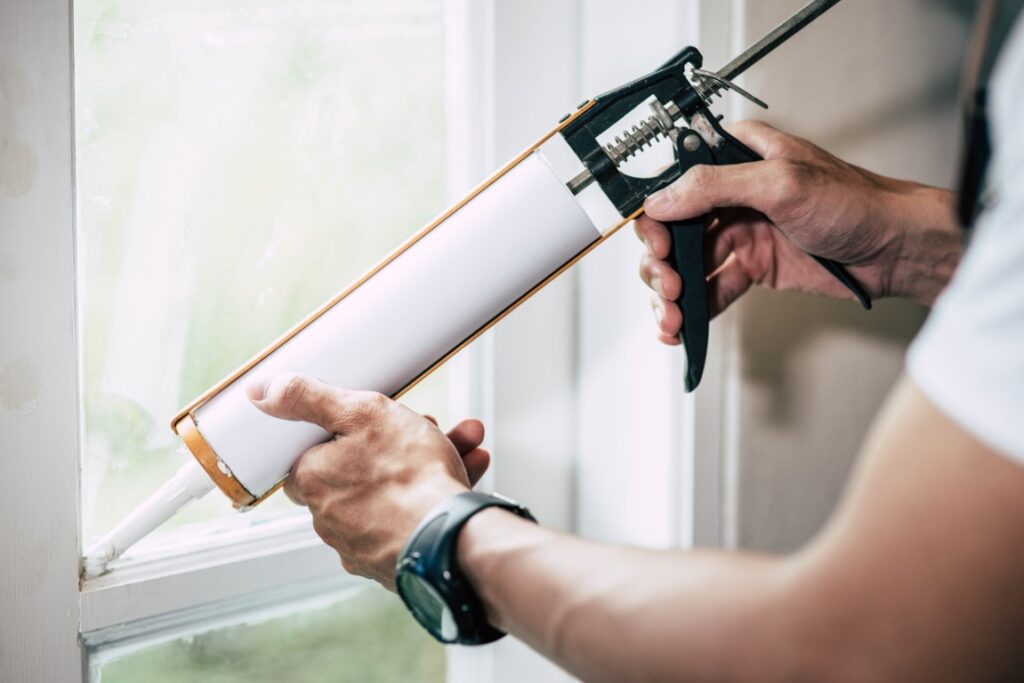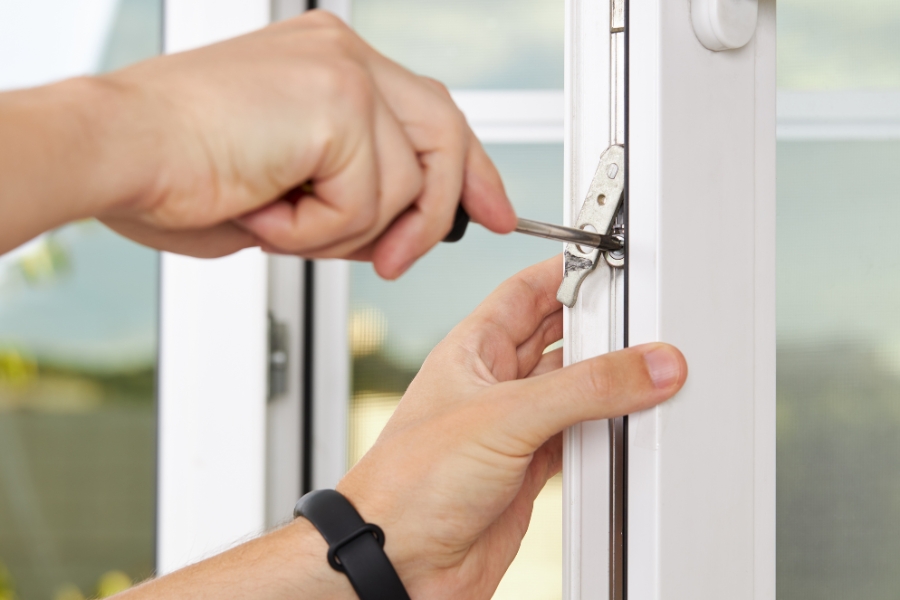
DIY Window Repair Tips for Homeowners This Spring
Assessing Your Window Repairs
Before you dive into repairs or replacement, it’s crucial to assess the condition of your windows. Look for signs of wear and tear such as cracks, drafts, and difficulty opening or closing the windows. These issues can often be resolved through simple repairs. However, if the problems are extensive, it might be time to consider replacement windows.
Common Issues to Look For:
- Drafts and Air Leaks: Feel around the edges of your windows on a windy day. Air coming through suggests that the sealing might be compromised.
- Operational Difficulty: Windows that are challenging to open or close may have issues with their tracks or frames.
- Visual Inspections: Check for cracks in the glass or rotting on the window frame.

Simple DIY Window Repairs
Replacing Broken Glass
Broken glass is one of the most common issues that necessitate a window repair. Here’s how to do it safely and effectively:
- Remove the Broken Glass: Carefully remove the shards while wearing gloves. Use a putty knife to clear out old putty and any remaining pieces of glass.
- Insert the New Glass: Place the new glass into the frame. Apply a layer of putty around the edges to secure it, and then add glazing points to keep the glass in place.
Sealing Drafts
Improving the insulation of your windows is crucial for energy efficiency, especially in older homes. Here’s how to seal those pesky drafts:
- Identify Leaks: On a breezy day, hold a candle or incense stick near the window edges. Watch for smoke movement to identify air leaks.
- Apply Caulk: Use a caulking gun to seal any gaps around the window frame. Make sure the surface is clean and dry before application.
Updating Window Hardware
Old or rusty hardware can make windows difficult to open or close and affect the overall look. Replacing or updating the hardware is a straightforward task:
- Remove Old Hardware: Unscrew the existing locks, handles, or pulls.
- Install New Hardware: Screw in the new pieces to give your window a fresh, new feel.
Fixing Squeaky Hinges
Squeaky window hinges can be annoying and may indicate rusting or wear. To fix this issue:
- Clean the Hinges: Open the window and use a small brush (an old toothbrush works well) to clean off any dirt and debris from the hinges.
- Lubricate: Apply a silicone-based lubricant to the hinges. Avoid oil-based products as they can attract dust and dirt, worsening the problem over time.
- Test the Window: Open and close the window several times to work the lubricant into the hinge mechanism, ensuring smooth operation.
Repairing Window Screens
Torn screens can diminish the functionality of windows, letting bugs and debris enter your home while the windows are open. Here’s how to repair them:
- Remove the Screen: Carefully remove the screen frame from the window.
- Purchase a Screen Repair Kit: These kits are available at most hardware stores and include all the tools and materials you need.
- Replace the Screen Mesh: Lay the new mesh over the frame, use the included tool to press the mesh into the frame’s groove with new spline, and then trim the excess mesh.
- Reinstall the Screen: Once the new mesh is securely in place, reinstall the screen frame in the window.
Adjusting Sticking Windows
Wooden windows can swell with humidity and start sticking, making them hard to open and close. Here’s how to adjust them without causing damage:
- Identify the Sticking Points: Open and close the window to determine where it sticks.
- Sand the Edges: Using fine-grit sandpaper, lightly sand the sticking areas. Focus on the edges of the window sash that make contact with the frame.
- Clean and Paint: Once the window moves smoothly, clean off any dust from sanding and apply a fresh coat of paint or sealant to protect the wood and improve its appearance.

Tools and Materials You Will Need
To get started with your DIY window repairs, make sure you have the right tools and materials on hand. Here’s a basic list:
- Caulking gun and caulk
- Putty knife
- Screwdriver
- Replacement glass or sealing strips
- Sandpaper
- Paint or wood treatment (if necessary)
These tools will prepare you to tackle most common window repair tasks.
When to Consider Replacement Windows
Sometimes, repairs might not be sufficient to address the issues with your windows. Here are a few signs that it might be time to invest in replacement windows:
- High Energy Bills: If your heating or cooling costs are climbing, it might be due to inefficient windows.
- Irreparable Damage: Extensive water damage or warping in the window frame can compromise the structure.
- Home Renovation: Updating your windows can be a significant boost to your home’s value and curb appeal.
Contact Us
Spring is the perfect time to tackle window repairs or embark on a windows replacement project. Whether you’re dealing with drafty windows or planning a significant upgrade, these tips will help you enhance your home’s efficiency and appearance. Remember, while DIY projects can be rewarding, don’t hesitate to contact the professionals if the task becomes too complex. Enjoy the process, and relish the satisfaction of a job well done!
FAQs
What’s the best way to fix a cracked window temporarily?
To temporarily fix a cracked window, apply a piece of clear packing tape or adhesive-backed plastic film over the crack. This will prevent air leaks and stop the crack from spreading until you can replace the glass.
Can I replace a window pane myself, or should I hire a professional?
Replacing a window pane can be a DIY project if you have the right tools and follow safety precautions, especially if it’s a small pane in a wooden frame. However, for larger panes, insulated glass, or windows in high places, it’s safer to hire a professional.
How do I prevent my windows from fogging up?
Fogging windows are often caused by a lack of ventilation or excessive moisture inside your home. Ensure good ventilation by using exhaust fans in high-moisture areas and consider using a dehumidifier. Additionally, check the seals around your windows and repair any that are damaged to prevent condensation from forming between panes.
Replacing your
Windows & Doors?

Call (905) 790-0909 or get a free quote below:
Recent Posts
Get Started
Schedule your FREE in-home consultation and receive a detailed, no-obligation quote.
Your information is secure and confidential.









